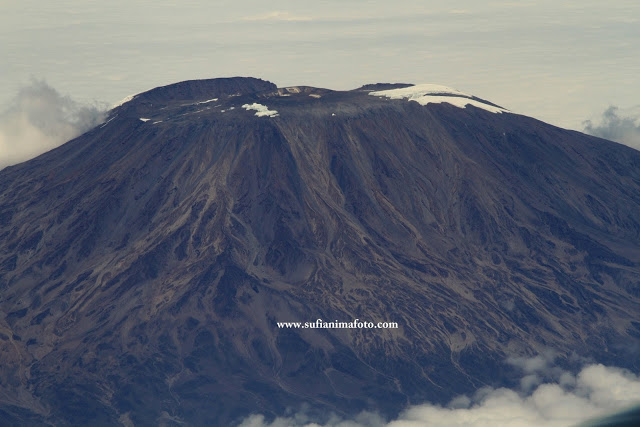Iselamagazi
JF-Expert Member
- Sep 26, 2011
- 5,917
- 6,007
Haya mzizimkavu umesoma
mwenyewe, 90% ya waliopost wanakupinga, tena wao wanaishi karibu na
mlima au wameona hivi karibuni.. we umekaa chumbani na laptop unadownload picha halafu unalazimisha watu waikubali, tena wanaojua
ukweli.. Bora umekimbia jukwaa!
My advice tena: acha tabia ya kupakua picha kwenye mitandao mbalimbali
na kuzibandika hapa kwa GREAT THINKERS. Mbaya zaidi unapakua picha
halafu unajifanya wewe ndo umepiga..!! Au unaweka picha za assets
mbalimbali unatuambia za kwako uko 'ulaya'..
This is too childish broo..!!
Tho its ur style, no one denies, but u put the true source..
Hapa hata ukijisifia vipi, but ni anonymous sio verified, so haitasaidia
kitu!!
Badilika mkuu.. Au la bandika thread zako kwenye 'chit chat'
Wadau kama namzungumza vibaya huyu jamaa, someni thread zake za nyuma!
MWISHO: LETS TAKE COLLECTIVE RESPONSBILITIES TO PRESERVE AND PROTECT OUR
NATURAL RESOURCES, FOR THE BENEFIT OF CURRENT AND FUTURE
CREATURES!
Te te te! I can't stop laughing!
Hapo kwenye red.
